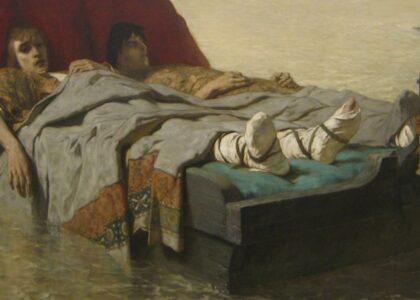Welcome to Rouet Chez Beaujeu, a remarkable location nestled within the rich historical landscape of the Vallée des Rouets in France’s Puy-de-Dôme department. This area is a testament to centuries of human ingenuity and adaptation, where the rushing waters of the Durolle River powered thriving artisanal industries. From the Middle Ages, the valley was known for its water wheels, which harnessed the river’s energy to drive the sharpening of blades and other tools.
In the early 20th century, most of these mills were replaced by factories focused on cutlery production, transforming the valley into what is now known as the Vallée des Usines. However, the legacy of the water wheels lives on. Thanks to efforts by the local community, including influential figures such as Maurice Adevah-Pœuf, a tourist route was opened in 1998. This route allows visitors to explore the valley’s storied past, culminating in a museum dedicated to the art of cutlery.
The valley is a fascinating geological site as well. It stretches from the Membrun Dam and features peaks over 600 meters tall. The soil here is part of the Massif Central, primarily composed of granite mixed with sand and gravel. This unique landscape has shaped not only the valley’s physical appearance but also its historical development.
One of the most captivating stories from the valley is its forgotten past as a vineyard. Until the 13th century, the slopes were used for viticulture—a testament to the versatility of the land and its people. Today, remnants of this era, such as ancient retaining walls, whisper tales of times gone by.
As you explore Rouet Chez Beaujeu, keep an ear open for the sounds of the Durolle River, once the lifeblood of this industrious valley. Imagine the clatter of the mills and the skilled hands of artisans shaping metal into tools that would traverse the world.





